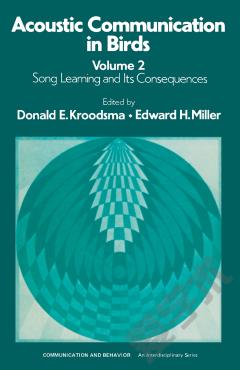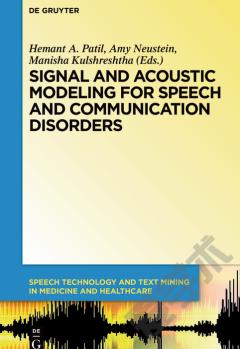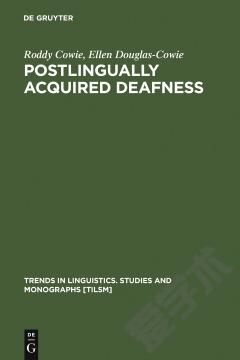Acoustic Communication in Birds —— Song Learning & Its Consequences
----- 鸟类的声学交流:鸣声学习及其后果
Acoustic Communication in Birds, Volume 2: Song Learning and Its Consequences investigates acoustic communication in birds, with emphasis on song learning and its consequences. Some issues in the study of bird sounds are discussed, with particular reference to evolutionary considerations. The ontogeny of acoustic behavior in birds is also considered, along with sound production, neural control of song, and auditory perception.Comprised of nine chapters, this volume begins with an introduction to the nature, extent, and evolution of vocal learning in birds. Several well-documented examples in which vocal development appears to proceed independently of audition (and therefore independently of vocal learning) are presented, together with aspects of selective vocal learning; the timing of vocal learning; and selective forces that may have promoted the evolution of vocal learning in birds. Subsequent chapters explore the role of subsong and plastic song in the vocal learning process; the function and evolution of avian vocal mimicry; the ecological and social significance of duetting in birds; and microgeographic and macrogeographic variation in the acquired vocalizations of birds. The book also examines genetic population structure and vocal dialects in Zonotrichia (Emberizidae). This monograph will be of interest to ornithologists, evolutionary biologists, and zoologists, as well as to students of communication and bioacoustics.
{{comment.content}}








 京公网安备 11010802027623号
京公网安备 11010802027623号